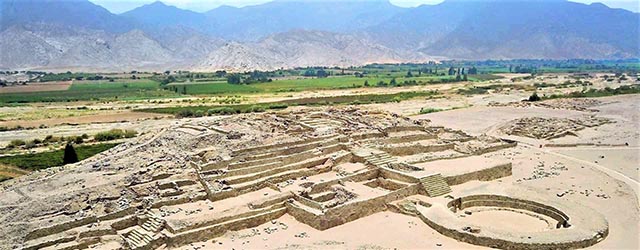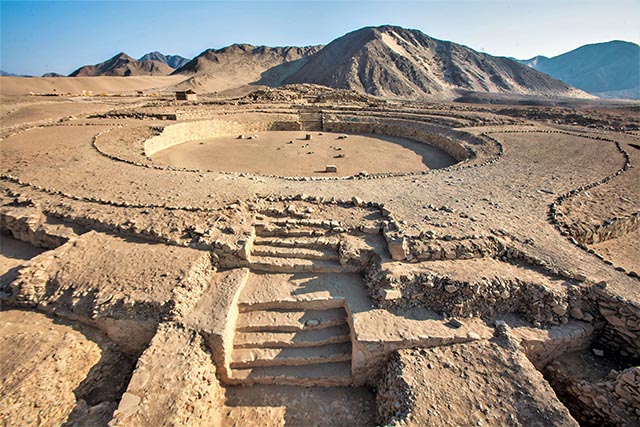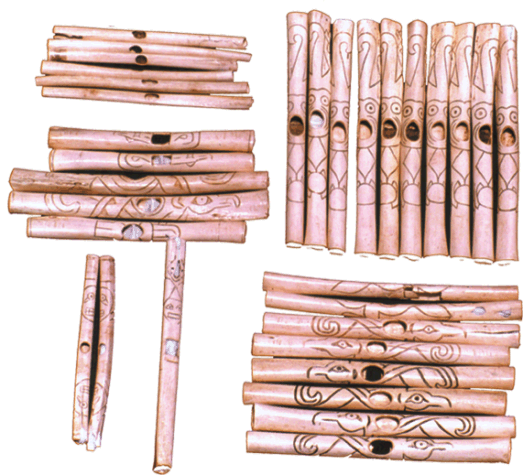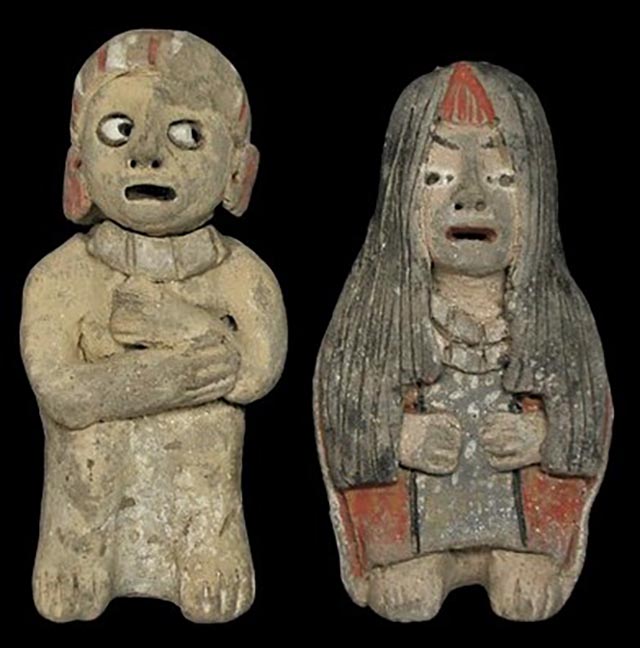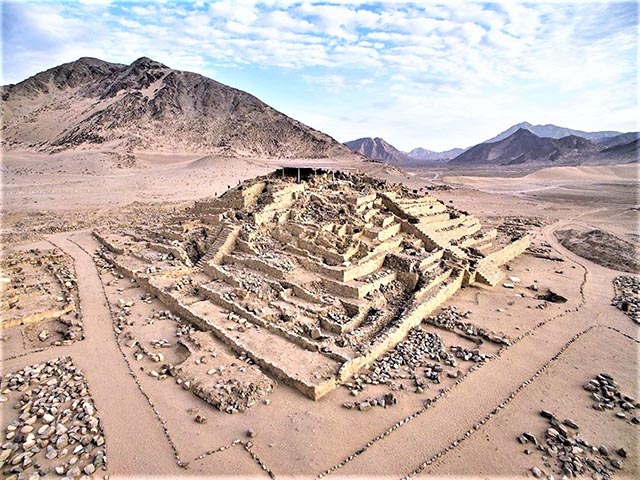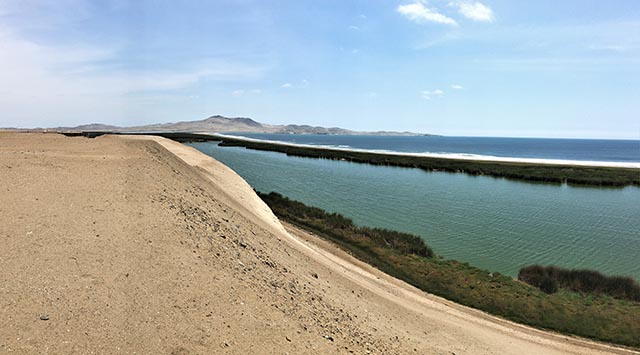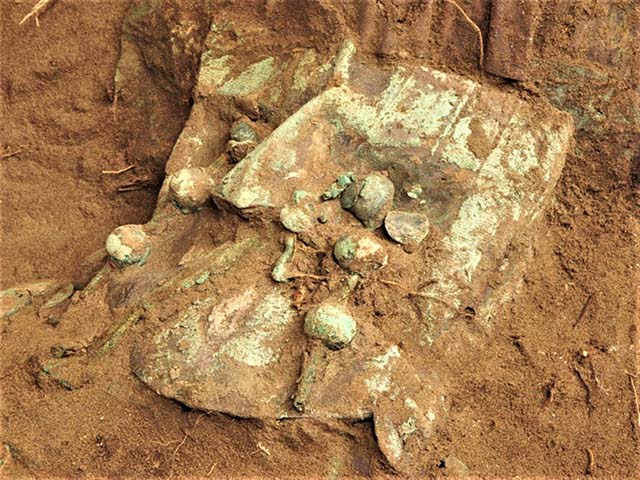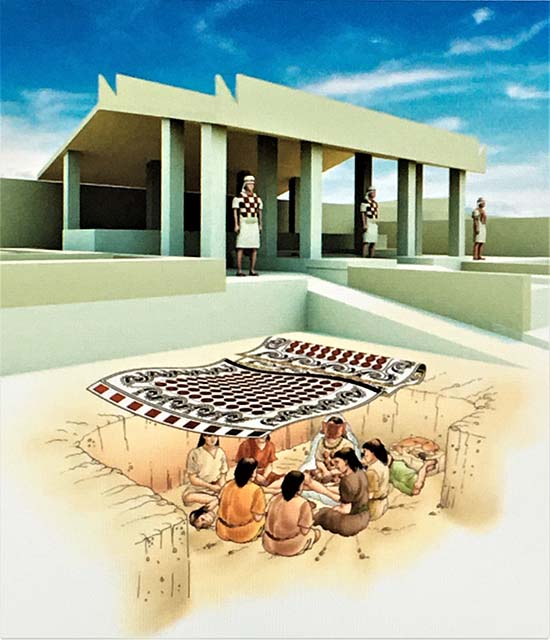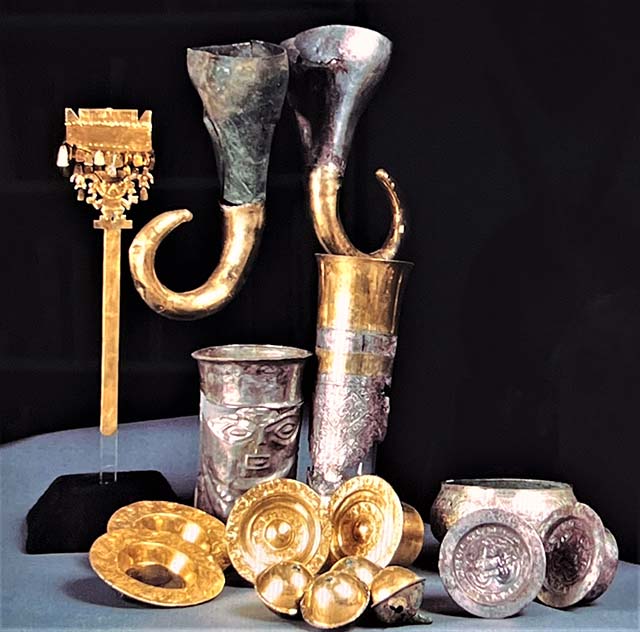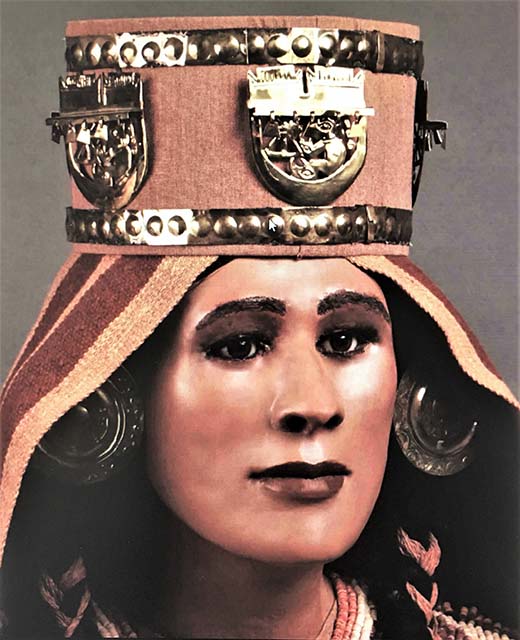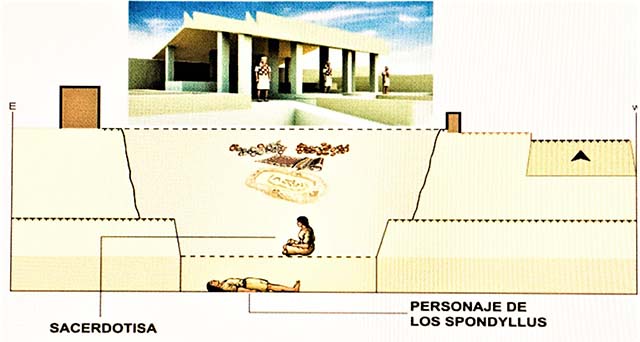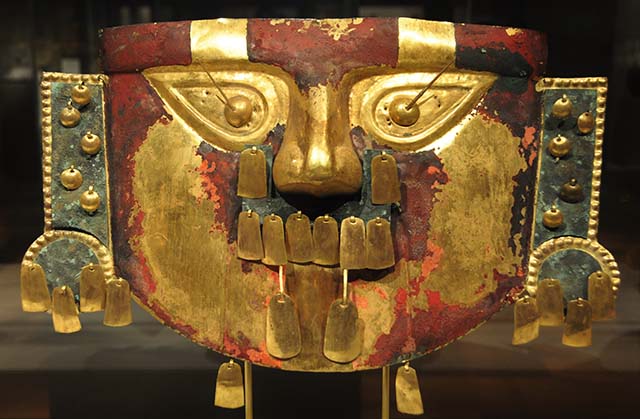
Life had turned into a monotonous cycle when a sudden call to adventure led me to Peru. While there, I chose to answer this call by undertaking an unforgettable journey along the fabled pathway to a world-renowned archaeological wonder. I hope my story of hiking the Inca Trail to Machu Picchu will inspire and equip you to make this remarkable journey yourself.
Preparing for the Expedition
As with any challenging journey, successful navigation of this trail demands physical fitness and mental preparation. In the months leading up to my departure, I incorporated daily cardio and strength training into my routine, with special emphasis on leg workouts. The grueling inclines and declines of the ancient path were much less daunting as a result.
Along with physical prep, I gathered essential gear: a lightweight backpack, comfortable hiking boots, water purification tablets, high-energy snacks, and of course, a quality camera to capture the astounding vistas.
Acclimatizing in Cusco: The Ancient Inca Capital
Before setting foot on the trail, we spent a couple of days in Cusco, acclimatizing to the high altitude. This city, once the capital of the Inca Empire, is a UNESCO World Heritage Site and a treasure trove of history. We wandered through the cobblestone streets, visiting museums and historic sites to immerse ourselves in the rich cultural history of the region. A standout was Qorikancha, once the richest temple of the Inca empire, its walls reportedly once covered in gold.

Navigating the Historic Path
The first day of the trek was relatively easy. The trail began in a small village named Ollantaytambo, leading through a patchwork of farm fields before starting a gentle climb to our first campsite. Our group was composed of fellow travelers from around the globe, each drawn to this remote corner of the world by the promise of the ruins nestled in the Andean peaks.
The terrain became more demanding as we moved along the ancient path. Stone steps carved centuries ago led us ever higher into the Andean mountains, each turn revealing panoramas that defied belief. On the second day, we reached Dead Woman’s Pass, the highest point on the trail at a lung-busting 4,215 meters.
Meeting History Face to Face
On the third day, I came face-to-face with remnants of the historic civilization. We wandered through fascinating ruins, such as Runkuraqay and Sayacmarca, each giving glimpses into the past lives of the civilization that once dominated these heights. As we moved from site to site, I was awed by the intelligence, ingenuity, and tenacity of the people who had called these mountains home.
Sunrise at the Sun Gate: The Reward at the End
The last day of hiking the Inca Trail to Machu Picchu started before dawn, the anticipation palpable among us. As we neared Inti Punku, or the Sun Gate, the early morning mist began to lift, revealing the sun-drenched city ahead. It’s difficult to capture the feeling of seeing the site for the first time, with golden rays of dawn illuminating the terraced slopes and intricate stone structures. It was a truly magical sight, a reward that exceeded all the physical exertion of the preceding days.

Guides and Porters: The Unsung Heroes
Another integral aspect of the journey is the hardworking and knowledgeable guides and porters. They are often locals who carry supplies, set up camps, and prepare meals. Their knowledge of the trail, flora, fauna, and history is unmatched. They breathe life into the journey by sharing stories and facts about the trail and ruins. Our guide’s explanation about the intelligent architectural design of the sites to withstand earthquakes left us awe-struck.
Cuisine on the Trail
Surprisingly, food was one of the highlights of the journey. Porters and chefs work wonders to prepare fresh, hearty meals, even in these remote locations. Each meal was not only delicious but also carefully designed to provide the necessary nutrients for the strenuous trek. They catered to different dietary needs and always had a hot cup of coca tea ready to help with the altitude.
Overcoming Physical Challenges
Despite the months of training, there were moments on the trail when the physical challenges felt daunting. The high altitude, mixed with steep climbs, required breaks and moments of introspection. During these pauses, I marveled at the raw, untouched beauty of the Andes, the play of clouds and sunlight on the peaks, the hum of the wind, and the whispering trees. This symphony of nature invigorated me and provided the strength to push through.
Flora and Fauna
While the trail is best known for its historic sites, it’s also a rich showcase of biodiversity. The trail offers fascinating glimpses of the local ecosystem, from orchids clinging to cloud forest trees to sightings of Andean bears, hummingbirds, and an array of colorful butterflies. There is something special about seeing a rare orchid bloom or a bird of vibrant plumage flit past, creating an intimate connection with nature.
The Intangible Rewards
Perhaps one of the most valuable aspects of this journey is the inner transformation it prompts. Each day was a cycle of effort, triumph, fatigue, and elation. Away from the usual routine, the trek allowed me to introspect, push my limits, and discover a new appreciation for nature and history. The bond created with fellow travelers and the shared experience of facing and overcoming challenges created memories to last a lifetime.
Post-Trek Reflections
Post-trek, we spent a few more days in Cusco, exploring its vibrant markets and savoring its unique cuisine. This gave us time to process our adventure and reflect on the impact the hike to Machu Picchu had on us. The journey’s end wasn’t just about reaching the city of terraced slopes but also about personal growth, resilience, and a deeper understanding of history.

Concluding Thoughts: Embrace the Challenge
The trek offered much more than just a visit to an archaeological marvel. It was a deep dive into history, a test of personal resilience, and a powerful bond formed with nature.
As I stood among the stone structures of the lost city, it felt like time had paused. The city’s resilience, standing strong against centuries of natural elements, mirrored my own journey along the trail, a testament to the strength of human will and persistence.
So if you’ve got an adventurous spirit, a thirst for historical understanding, and a penchant for breathtaking landscapes, this journey might just be for you. Lace up your hiking boots, pack your determination and curiosity, and embark on this magnificent adventure. The journey along the ancient path to the sun-kissed city awaits you. Start your journey of hiking the Inca Trail to Machu Picchu.
If You Go: Essential Tips for Future Trailblazers
Looking back, my journey was an amalgamation of preparation, anticipation, camaraderie, and raw natural beauty. Here are a few tips from my experience:
- Acclimatize: Spend a couple of days in Cusco before the journey to acclimatize to the high altitude.
- Stay Hydrated: Always keep your water bottle handy. The trail can be strenuous, and dehydration makes it more difficult.
- Respect the Trail: Remember, it’s not only a trekking path but also a precious heritage site. Do not litter or cause any damage.
About the author:
Alexandra Stone is a world traveler, adventure enthusiast, and history buff who has left her footprints in over 60 countries. With a flair for storytelling, she specializes in illuminating lesser-known aspects of global destinations and sharing insider tips from her experiences. When not exploring a new trail or diving into historical narratives, Alexandra can be found collaborating with Allstate Moving and Storage Baltimore and documenting her journeys on her widely-read blog, “Roaming with Stone.”
